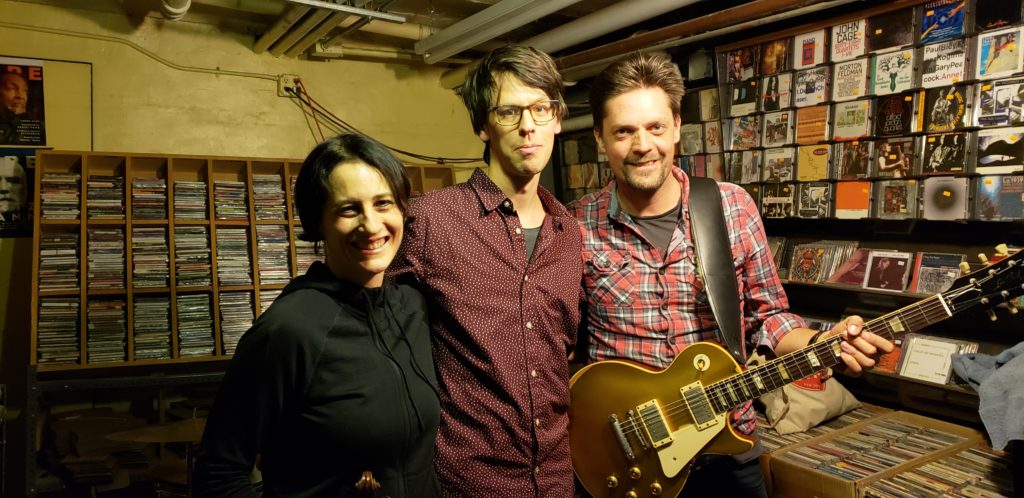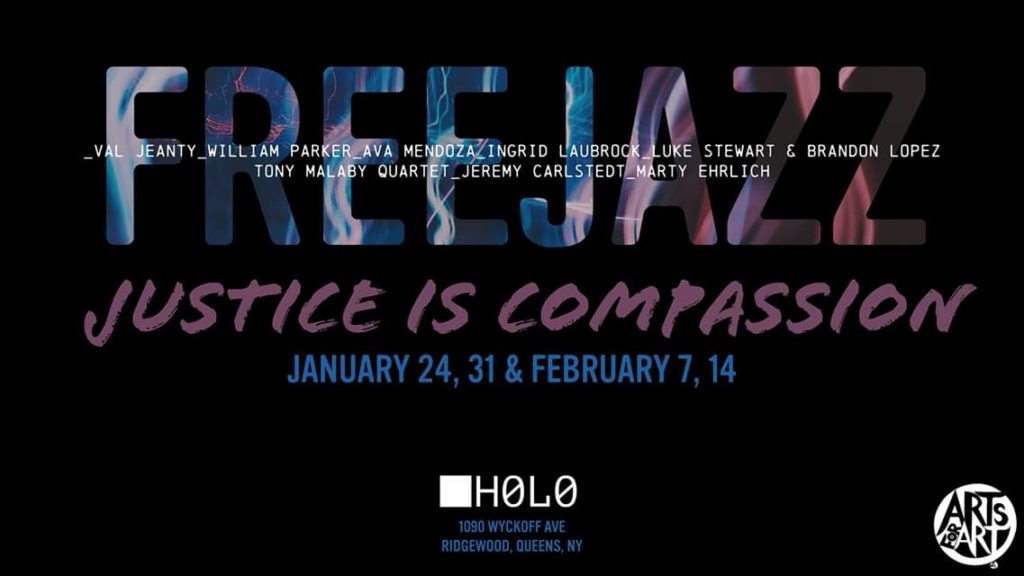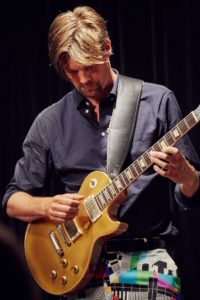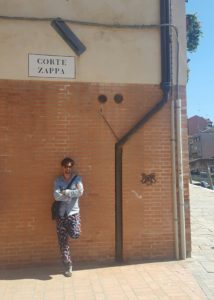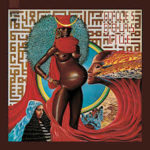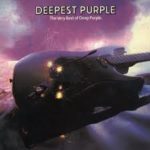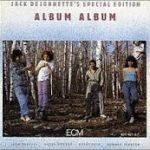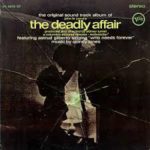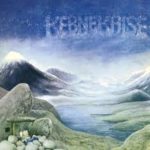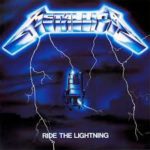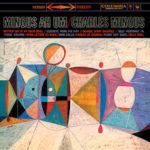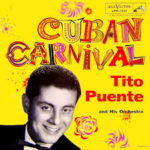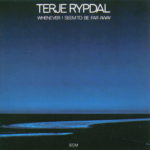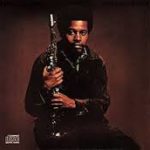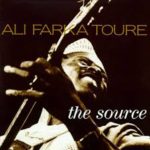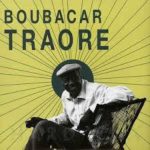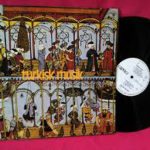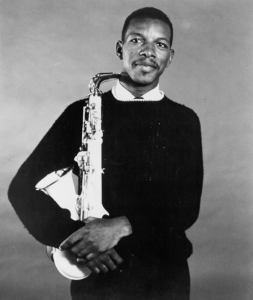Here we are – another year lived, gone by, experienced, felt, spectated, partly forgotten. In recent years I’ve been increasingly drawn to writing music – the compositional work itself. Before the pandemic I had a group “Outer Space Caravan” – a quartet w. myself on electric guitar, Michael Attias on alto sax, Stephanie Griffin on viola, Ken Filiano on bass, that I wrote a set of music for, performed once or twice and then was put to a Covid-initiated halt. Another long-lasting but rarely working group was my trio with David Ambrosio on bass & bata, Satoshi Takeishi on drums & percussion. This trio has played quite a bit and was gearing up to record as lockdown hit. Actively progressing with these groups has been paused, but can possibly be revived. Meanwhile in 2020 lockdown solitude, I wrote guitar music, rather introspective, that ended up becoming guitar duets reaching for musical ideas approaching kora, piano music, or string quartet, in my mind anyway. Three pieces were recorded by one of my heroes Elliott Sharp and put out on the vinyl “Äventyr” on zOaR hitting “the streets” early in the year. https://andersnilsson.bandcamp.com/album/ventyr?label=153396115
I’m quite pleased with it as a document of my personal journey with the guitar and musical ideas, and as a piece of work left behind for others. Thus far the album (though sent to many people in position to write) has warranted very few reviews. A bit frustrating though hardly surprising. I have on the other hand received much appreciation from listeners. I asked Nels Cline if he’d articulate a few words for the press release and he was generous enough to put it like this: Anders Nilsson’s Äventyr, a recording of recently-composed guitar duets (in this case performed by two Anders), is a patiently unfolding wonderland of guitar possibilities. Utilizing mostly pristine guitar tones, this work often shimmers like crystal – delicate but not fragile – with the kind of “dissonance” I call “beauty”. Sonorities are masterfully combined, dynamics subtly shift as these rather episodic pieces patiently expand and explore. A kind of chamber work that manages to be both intimate and epic, revealing interior realms while still shredding just a bit… Irresistible.
– Nels Cline
The guitar duo repertoire has since been expanded and performed together with Kenny Wessel at Barbès in Brooklyn, and may include other fellow guitarists around the globe in the future.
Lately I’ve been composing a book of new music for trombone (Sam Kulik), guitar (yes – me), bass (David Ambrosio), drums & percussion (Vinnie Sperrazza). The band is called “Hesa Gun” and while I’m writing this music I’m imagining the individual for whom I’m writing playing the part. Would Sam want to play this? Is this something Vinnie would find odd? Well… the old Ellington approach. This is what I want to play, aiming to get this group going in ’23. Stylistically the book draws from Brazilian music & Blues & Schönberg – distinctive lineages that I’ve been living with for decades, so not very much directly derived from jazz or rock.
In 2022 I was also part of recording 3 albums as a sideman:
At the Bunker Studio with John Davis at the controls vocalist/clarinetist/saxophonist Jeremy Danneman’s group “The down on me” with Joe Exley on sousaphone and myself on acoustic nylon string and electric guitar recorded “The big fruit salad” documenting brutal relationship-oriented songs he’s written. To me this is a unit that comes across as uncomfortable and comedic in its earnest and vulnerable presentation. We’ve mainly played tiny places in NYC for a sparse but amused audience but/and are approaching the comedy club scene. Released on Ropeadope: https://ropeadope.com/jeremy-danneman
The day after we cut the record Russia attacked the Ukraine as announced.
Gordon Beeferman’s “Organ Trio II” with the composer on Hammond B3, me on Gibson Les Paul, Kate Gentile on drums and percussion. As usual with Gordon the music we are dealing with is a tour de force that relentlessly develops through repetition and manipulation. I’ve had the sweaty pleasure of being part of three suites of his, this is the third record, and perhaps the one I find most satisfying yet, amazing. Due out for release, stay tuned. Recorded at Acoustic Recording, engineered by Peter Karl.
Violinist Jason Kao-Hwang has been running a trio called “Critical Response” with myself and drummer Michael T.A Thompson whom I’ve know for many years. Jason writes music with many parts to it. As a plugged-in trio, we’ve arrived at rare sonic places and as a result the music that will be on the album recorded at Tedesco Studio will have a special tone and vibe, stay tuned.
In September I had the joy of travelling to perform for the first time since the pandemic. First off to the Willisau Jazz Festival in Switzerland 🇨🇭 & Kerava Jazz in Finland 🇫🇮 with the Avram Fefer Quartet. Avram and I have been playing here and there for over 10 years. I met and befriended Chad Taylor and Eric Revis who ordinarily play in the band with Marc Ribot who is on the albums. I enjoy this music and playing die hard festivals like these was satisfying.
That same week I went to Canada 🇨🇦 to pick up working with Mohsen Namjoo again for the first time since that damn pandemic. The band line-up is new and works well, we had 4 shows at pretty much sold out venues, and 1 in Brussels 🇧🇪. The music took off and the connection he has with the audience was heartfelt as always. Especially this year, in part due to the extreme violence in Iran.
The future? …. well my wonderful son keeps feeding me insights and poetic song titles such as “The World is a Creature”
See you out there!
